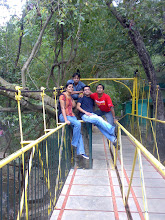The way things have come up in recent past have changed.
modus operandi tends to include most if not all of the following:
ReF: IBM Redbooks: Tivoli Monitoring
modus operandi tends to include most if not all of the following:
- It is reactive, not proactive.
- Resources may be healthy while customer service levels are not acceptable.
- Events describe problems, not corrective actions.
- Events flow into the Operations room at an incredibly high rate, and “event storms” have performance impact on systems.
- Fixes are typically manual and inefficient.
- Problems cannot be prioritized because impacts are unknown.
- Most problems cannot be detected; more than 50% of all problems are reported through the help desk.
- Organizational boundaries breed incompatible tools, making end-to-end management and integration very difficult.
- Lack of vision and strategic direction increases costs.
ReF: IBM Redbooks: Tivoli Monitoring
